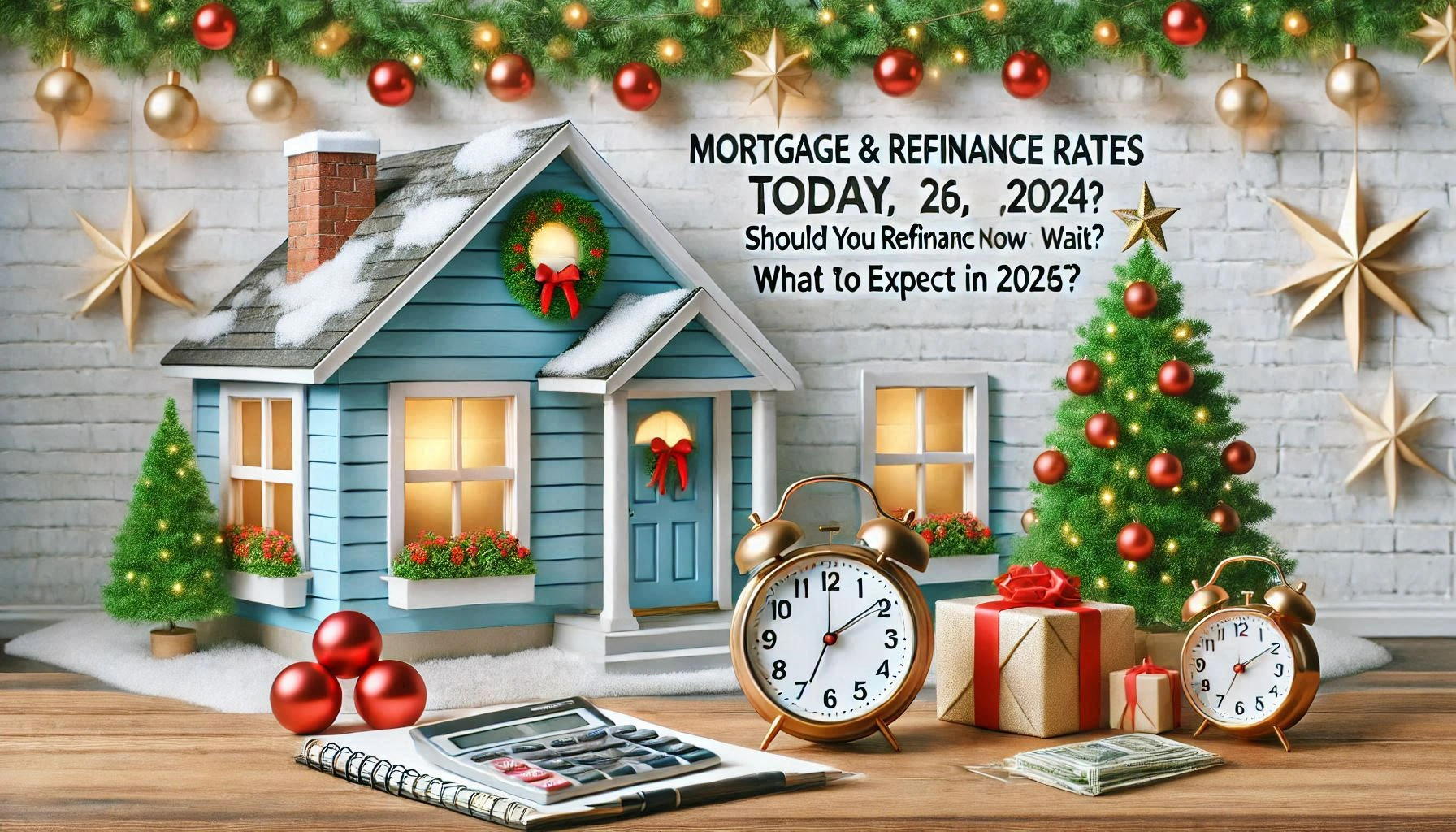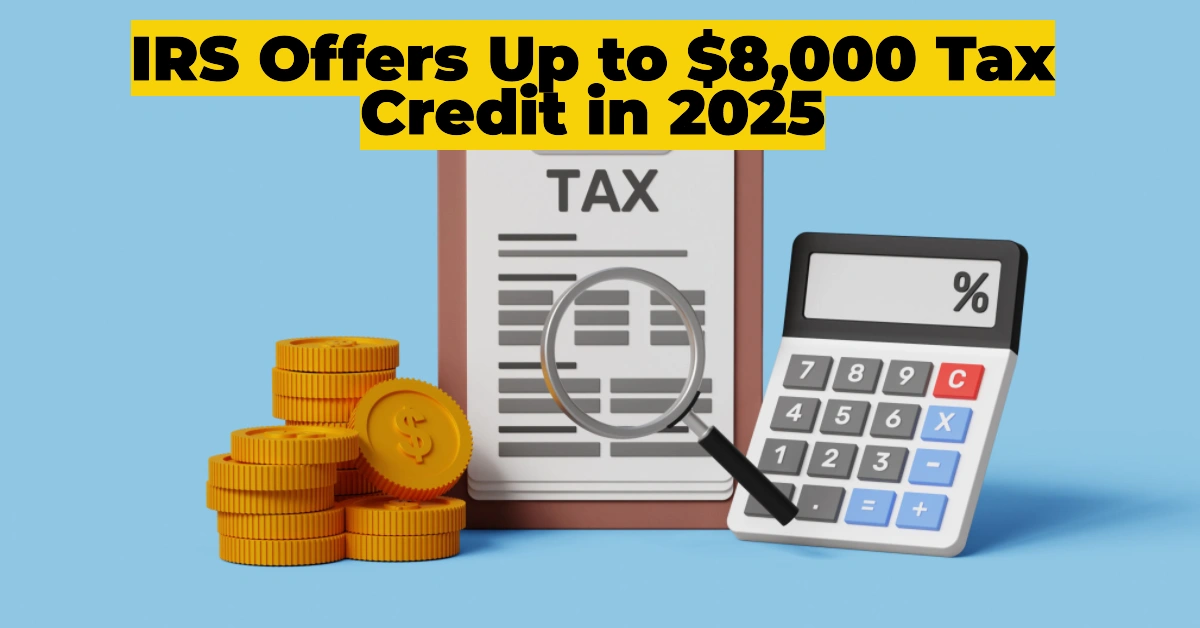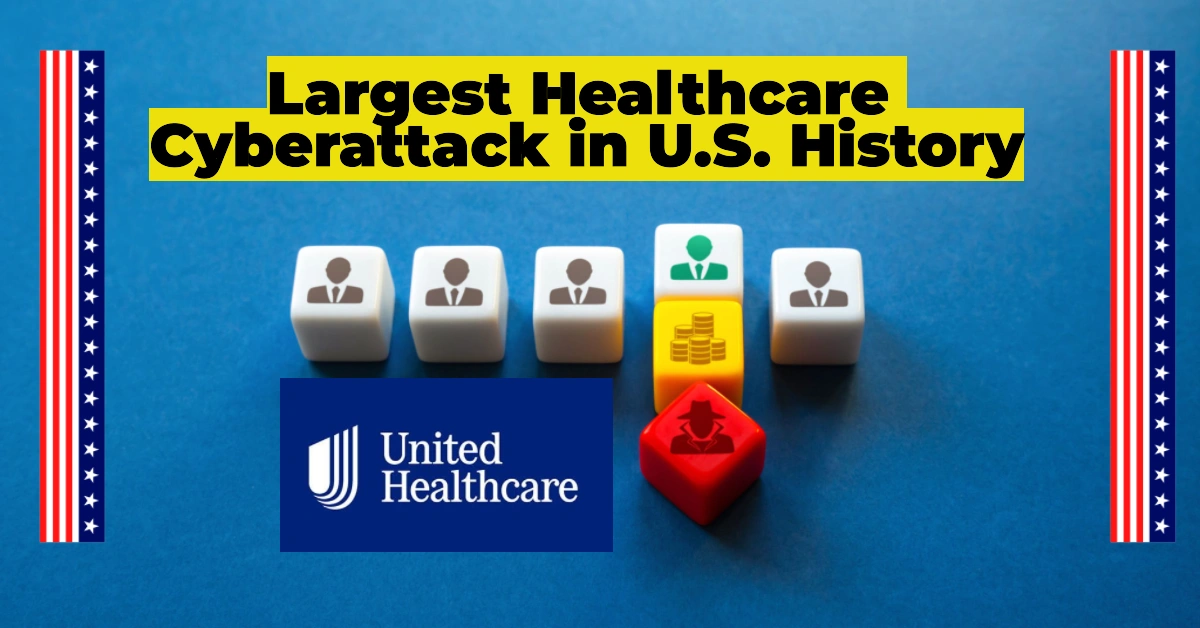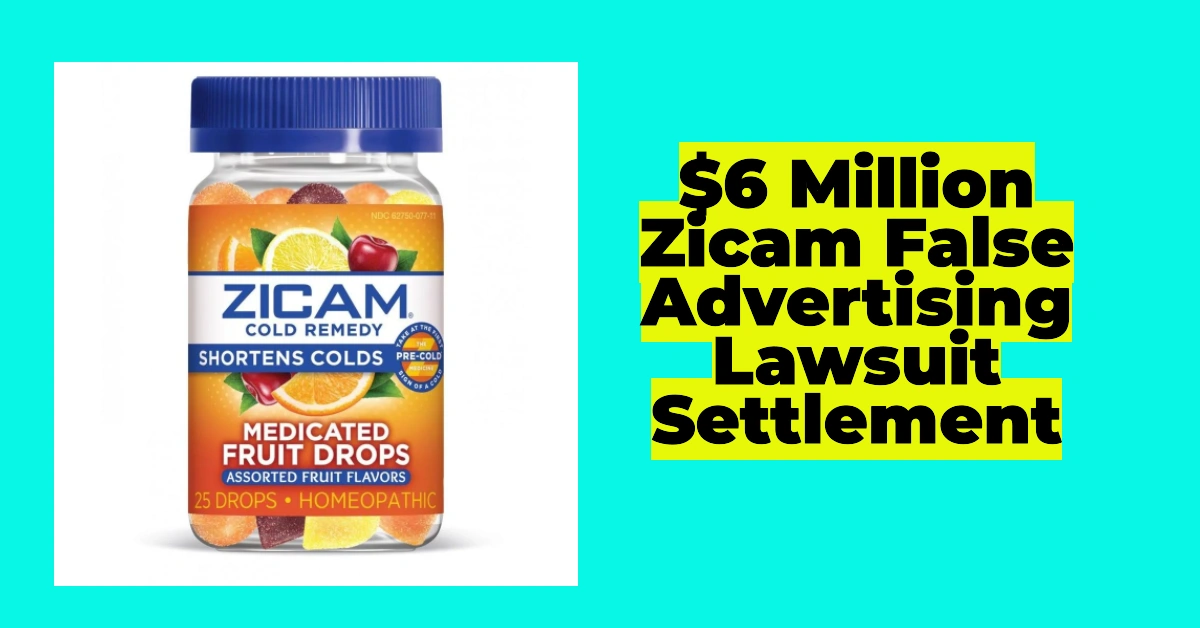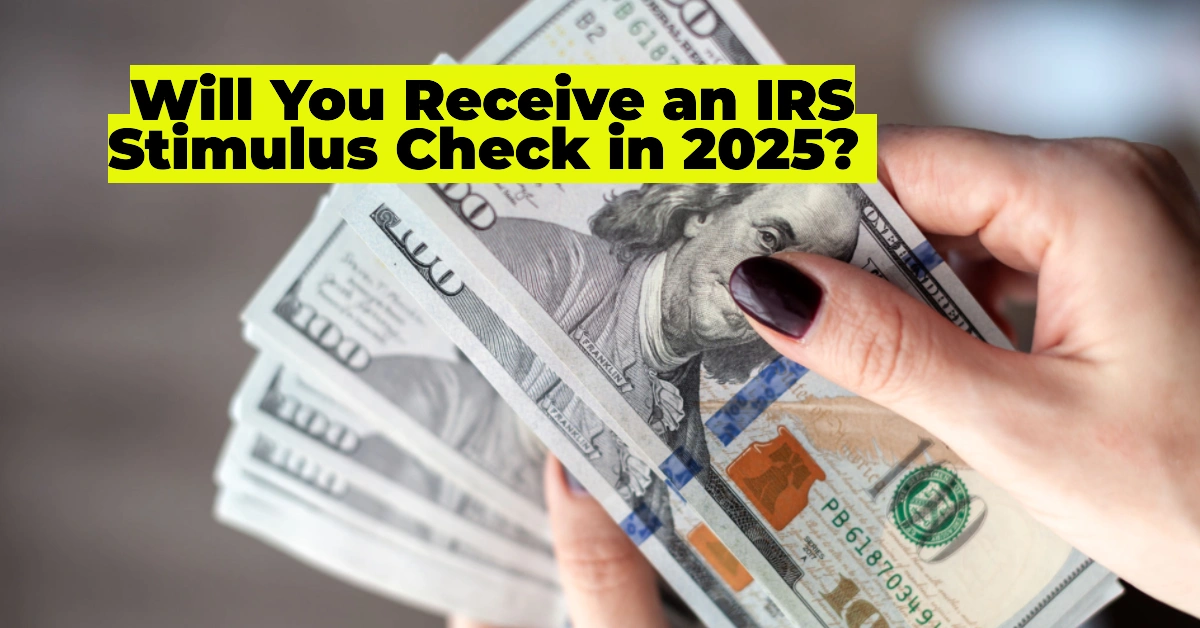As 2024 comes to a close, mortgage and refinance rates are rising after a brief period of declines. With the Federal Reserve signaling a cautious approach to rate cuts in 2025, borrowers and homeowners may wonder what’s next for mortgage rates and how to navigate the housing market.
Let’s dive into the current trends, rate breakdowns, and insights on what this means for your finances.
Table of Contents
Today’s Mortgage Rates
According to Zillow, mortgage rates have edged upward across most categories:
- 30-year fixed: 6.73%
- 20-year fixed: 6.78%
- 15-year fixed: 6.14%
- 5/1 ARM: 6.81%
- 7/1 ARM: 6.75%
- 30-year VA: 6.19%
- 15-year VA: 5.57%
- 5/1 VA: 6.38%
These rates are national averages and rounded to the nearest hundredth. Adjustable-rate mortgages (ARMs) and VA loans remain competitive options for certain borrowers, but rates are still elevated overall compared to historical lows seen in recent years.
Refinance Rates Today
Mortgage refinance rates show a similar trend, with most rates slightly higher than purchase mortgage rates:
- 30-year fixed: 6.86%
- 20-year fixed: 6.58%
- 15-year fixed: 6.07%
- 5/1 ARM: 6.14%
- 7/1 ARM: 6.64%
- 30-year VA: 6.19%
- 15-year VA: 5.96%
- 5/1 VA: 5.79%
Although refinancing can be a smart move to reduce your monthly payments or consolidate debt, the current rate environment means borrowers should carefully weigh their options before proceeding.
Why Are Mortgage Rates Rising?
The increase in rates follows the Federal Reserve’s December meeting, where Chair Jerome Powell announced plans for only two federal funds rate cuts in 2025, down from the previously anticipated four cuts.
The Federal Reserve’s cautious stance reflects ongoing uncertainty in the economy and inflation. Mortgage rates, which often mirror the direction of the federal funds rate, are expected to remain elevated for much of 2025.
How Mortgage Rates Are Determined
Factors You Can Control
Borrowers have some influence over the rates they receive. To secure the best deal, focus on:
- Credit Score: Higher scores typically mean lower rates.
- Debt-to-Income Ratio (DTI): Keeping this ratio low improves your borrowing profile.
- Down Payment: A larger down payment can unlock better rates.
Factors You Can’t Control
External factors like economic trends play a significant role:
- Inflation: Rising inflation can push rates higher as lenders demand higher returns.
- Federal Reserve Policies: Adjustments to the federal funds rate influence mortgage rate trends.
- Economic Strength: Strong employment figures and consumer spending often lead to higher rates.
Fixed-Rate vs. Adjustable-Rate Mortgages
Fixed-Rate Mortgages
- Advantages: Your rate is locked for the entire loan term, offering stability and predictability.
- Disadvantages: Fixed rates tend to be higher than initial ARM rates.
Adjustable-Rate Mortgages (ARMs)
- Advantages: ARMs offer lower initial rates for a fixed period (e.g., 5 or 7 years), potentially saving you money upfront.
- Disadvantages: Rates adjust periodically after the fixed period, which can lead to higher payments if rates rise.
30-Year vs. 15-Year Mortgages
30-Year Fixed Mortgages
- Pros: Lower monthly payments, making homeownership more affordable month-to-month.
- Cons: Higher overall interest costs due to the longer repayment period.
15-Year Fixed Mortgages
- Pros: Lower interest rates and faster loan payoff reduce long-term costs.
- Cons: Higher monthly payments can strain your budget.
2025 Financial Forecast: Key Trends in Mortgages, Investing, Banking, and Credit Cards
Top 16 Short-Term CDs to Maximize Your Returns in 2025
Refinancing Your Mortgage in 2025: What Experts Predict and How to Prepare
HELOC vs. Home Equity Loan: Making the Right Choice for 2025
Home Equity Loan or Reverse Mortgage: Which is the Best Choice for 2025?
What to Expect in 2025
Mortgage rates are unlikely to return to the historic lows of 2020 and 2021 anytime soon. Experts anticipate a gradual decline in rates over the next year but caution that significant decreases are improbable.
The Fed’s current outlook suggests the following:
- Two rate cuts in 2025 (likely in Q1 and Q2).
- A pause on further cuts after mid-year to monitor inflation and economic stability.
Should You Refinance Now or Wait?
Refinancing could still be worthwhile if it aligns with your financial goals. Consider refinancing if:
- Your Current Rate Is Significantly Higher: A difference of 1%-2% may justify the costs.
- You Plan to Stay Long-Term: Calculate your break-even point to see when savings outweigh closing costs.
- You Need to Consolidate Debt: Using home equity to pay off high-interest debt can be a strategic move.
Final Thoughts
As we head into 2025, borrowers should prepare for sustained elevated rates. Whether you’re considering purchasing a home or refinancing your mortgage, now is the time to shop around, improve your financial profile, and explore options like ARMs or VA loans.
With careful planning, you can navigate this high-rate environment and make smart financial decisions. Keep an eye on market trends, and don’t hesitate to consult a mortgage expert for personalized guidance.
